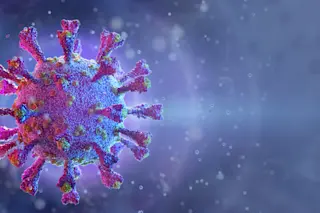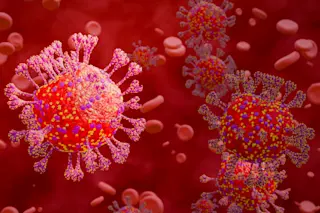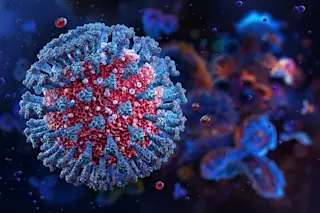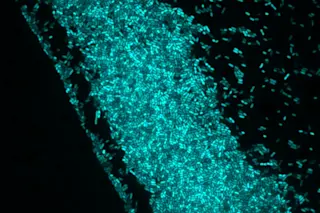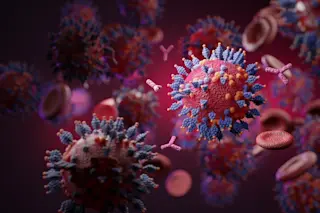The AIDS virus has unique and devilish tricks that make it so deadly. But in one respect, researchers reported last April, it is much like the common flu: it uses the same type of harpoon to penetrate a cell and infect it. HIV latches onto an immune cell with the help of a knobby structure. The top of the knob, which binds to a receptor on the cell surface, is a protein called gp120. The base of the knob is made of another protein, gp41. David Chan and his colleagues at the Whitehead Institute for Biomedical Research in Cambridge, Massachusetts, determined the structure of gp41 by means of X-ray crystallography—by observing how crystals of the protein scatter X-rays.
Each molecule of gp41, they found, contains a spiral region, and in the hiv knob three of these spirals entwine, forming a braidlike structure called a coiled coil. At the top the ...






